Botanical Interests seeds are about to arrive on our sales floor. Our good friends there sent some helpful info on starting onions:
Onions
Onion seeds should be started indoors (with the exception of the South) 10 to12 weeks ahead of your average last spring frost, and transplanted out 4 to 6 weeks before your average last spring frost. Leeks and shallots also follow the onion rule- the bigger the transplant, the bigger the potential yield, so start these early (8 to 10 weeks before average last spring frost). Shallots are cold hardy and can also be transplanted out in the fall, and over-wintered from Alaska to Hawaii to S. Florida.
Growing onions from seed versus starter plants offers a wider variety, is less expensive, and gives you more control over growing conditions and inputs like fertilizer or pesticides. Plus, we are all itching to get our hands dirty again!
Tips for growing onions, leeks, and shallots
- The ideal soil temperature range for best germination is 60°-85°F; although, they will germinate at 45°F, but it will take more time.
- Onions are heavy feeders. Amend your planting area according to soil test suggestions. Nitrogen is usually the first major nutrient to be used up, so usually a test suggests adding nitrogen and often, organic material (compost or ground leaves work well).
- After hardening off, transplant onions 4" deep. This may leave only a tiny bit of green poking up through the soil, but don't worry, leaves will quickly catch up. Scallions and bunching onions can be grown densely; all others should be separated into individual plants and transplanted 3"-4" apart.
- Once greens are 8"-10" tall, beds can be heavily mulched or hilled with soil to reduce weed pressure, conserve water, and in the case of leeks, blanch the stems (keep white). Leeks should be hilled monthly to keep as much of the stalk white as possible.
- With the exception of bulb-producing onions and shallots, the other onions discussed can be harvested whenever you like. Bunching onions and leeks are frost tolerant but should be harvested before a hard freeze. Many gardeners prefer to harvest leeks after a light frost, because plants produce sugars to avoid freezing, making them sweeter.
Bulbing Onions
Bulbing onions require special attention at sowing because their growth is triggered by day length (latitude). Understanding what varieties grow best in your area is the first step to success.
Quick Tips:
- Long-day varieties grow well in the north (above the 37th parallel), as they need 14 to 16 hours of daylight to trigger bulb formation. Try Ringmaster, Yellow Sweet Spanish Utah, and Cipollini Borettana.
- Intermediate-day varieties overlap the long and short day ranges a bit and cover the middle of the country (32nd to 42nd parallel). These varieties start the bulbing process when sunlight reaches 12 to 14 hours. TryRed Amposta.
- Short-day varieties are best sown in fall in the south (below the 35th parallel), for a late winter/early spring harvest. These varieties need 10 to 12 hours of daylight to trigger bulbing. Depending on soil temperature, southern gardeners may choose to sow onions directly into the garden. In the north, short-day onions may be grown over the winter in a greenhouse, or transplanted out in the spring; this method produces early but smaller bulbs. Try Yellow Granex PRR (Vidalia type).


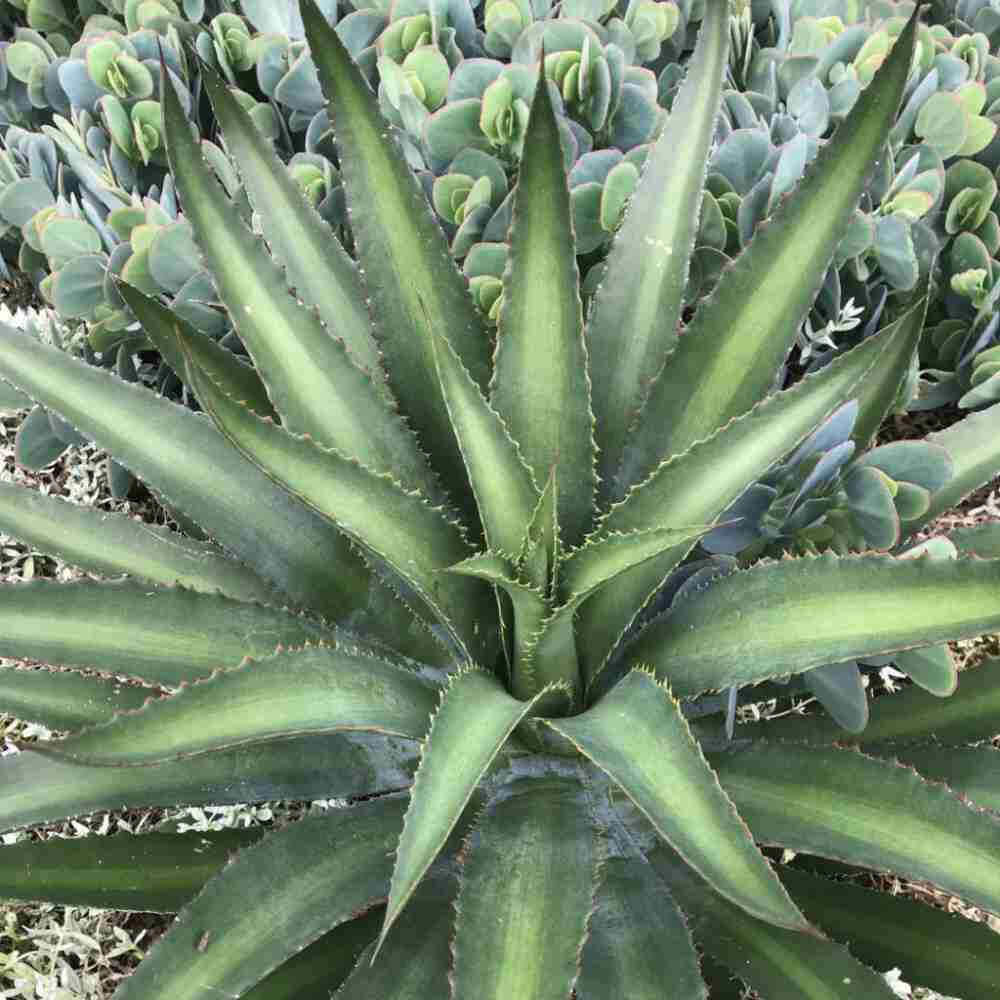
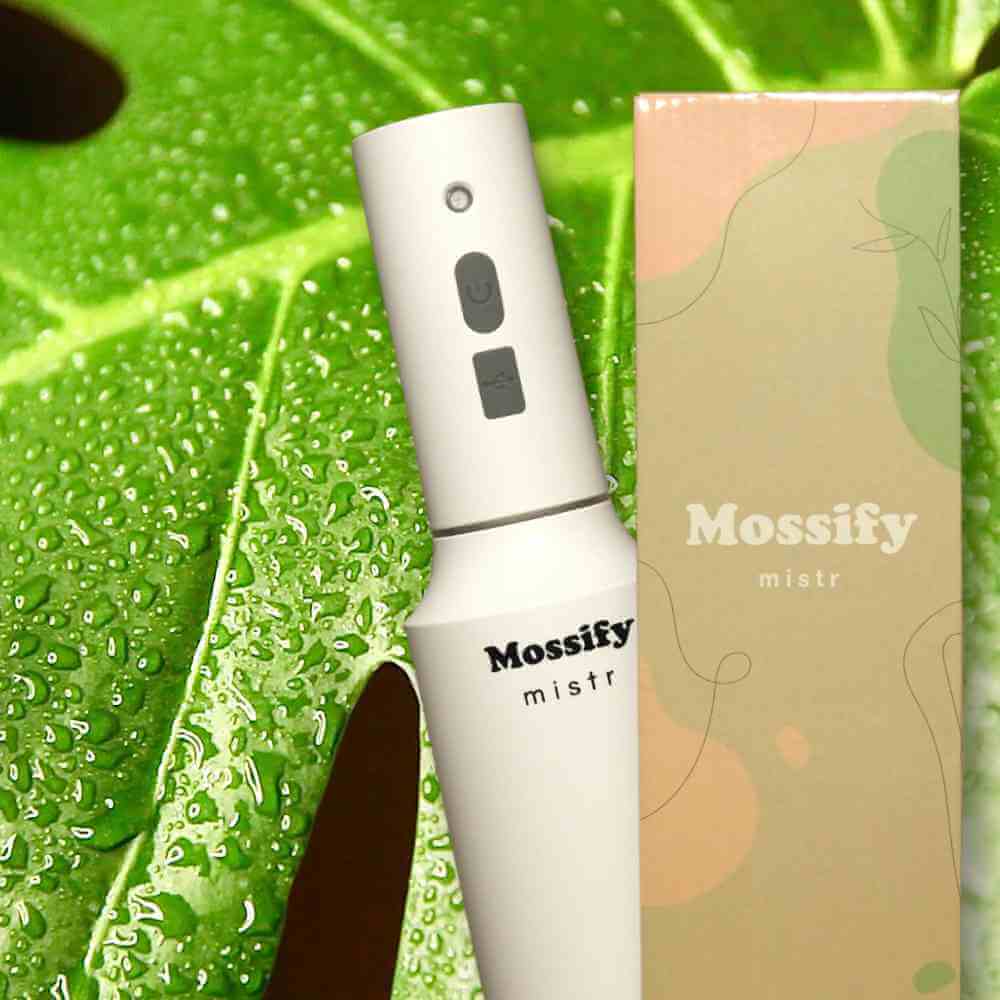
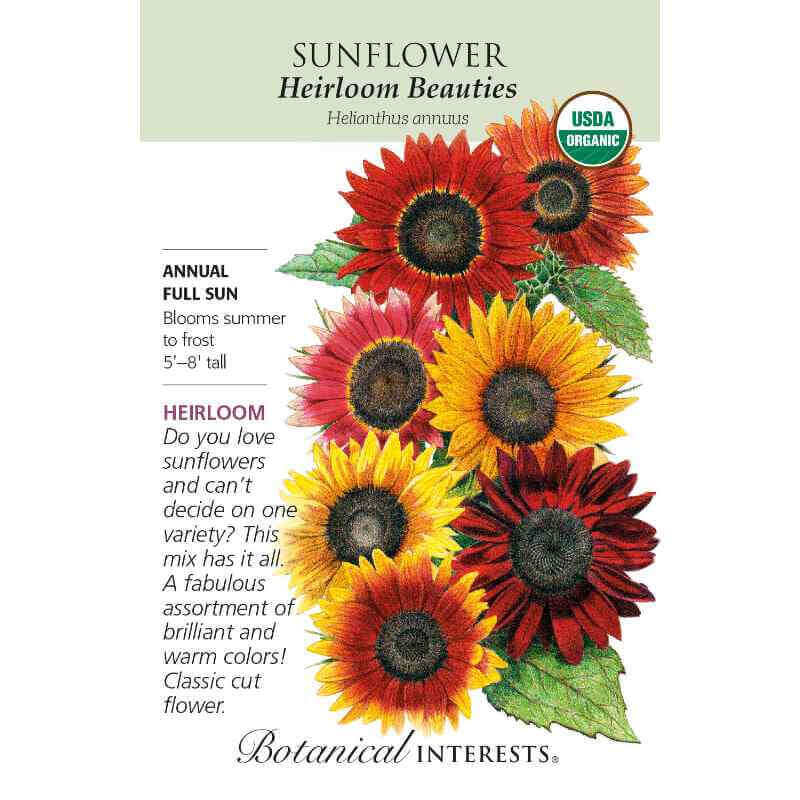
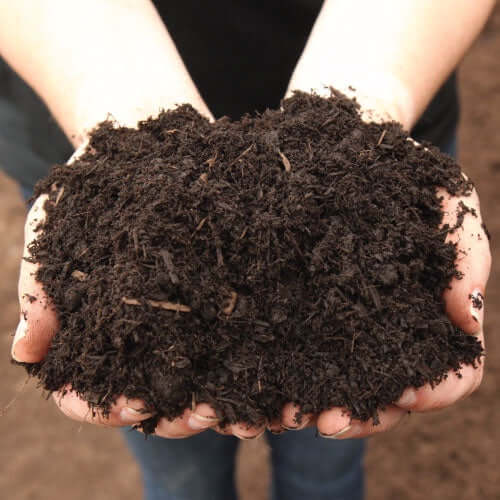
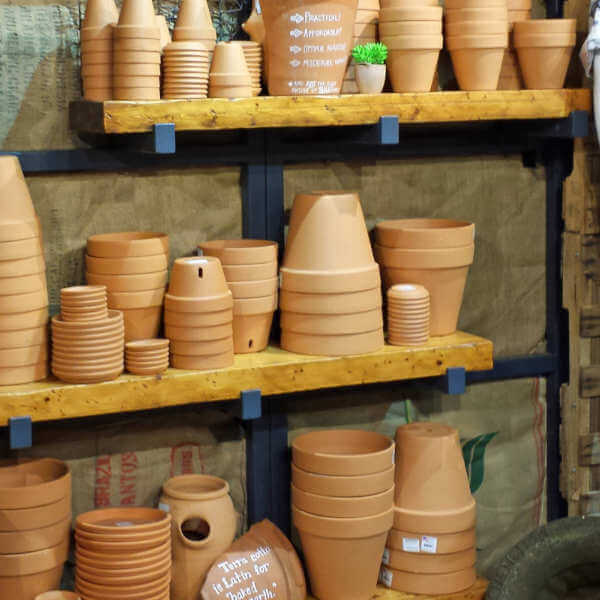
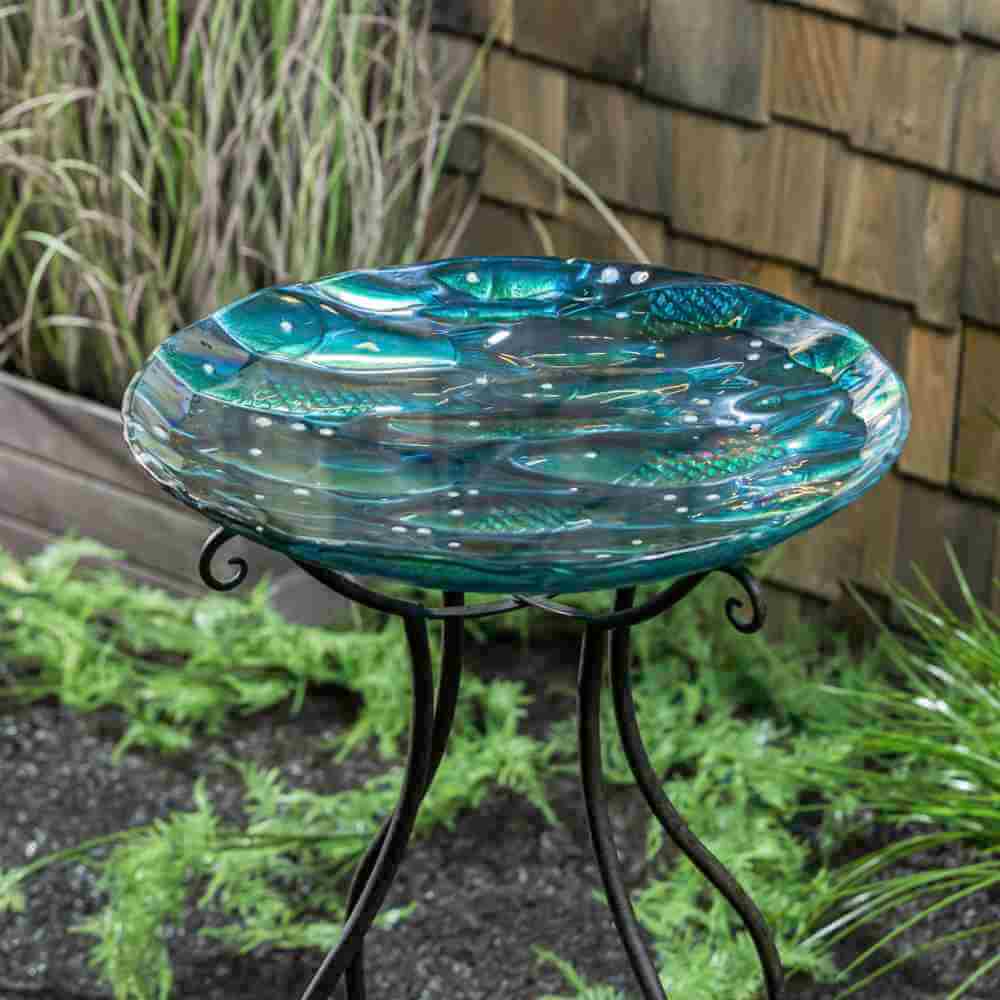
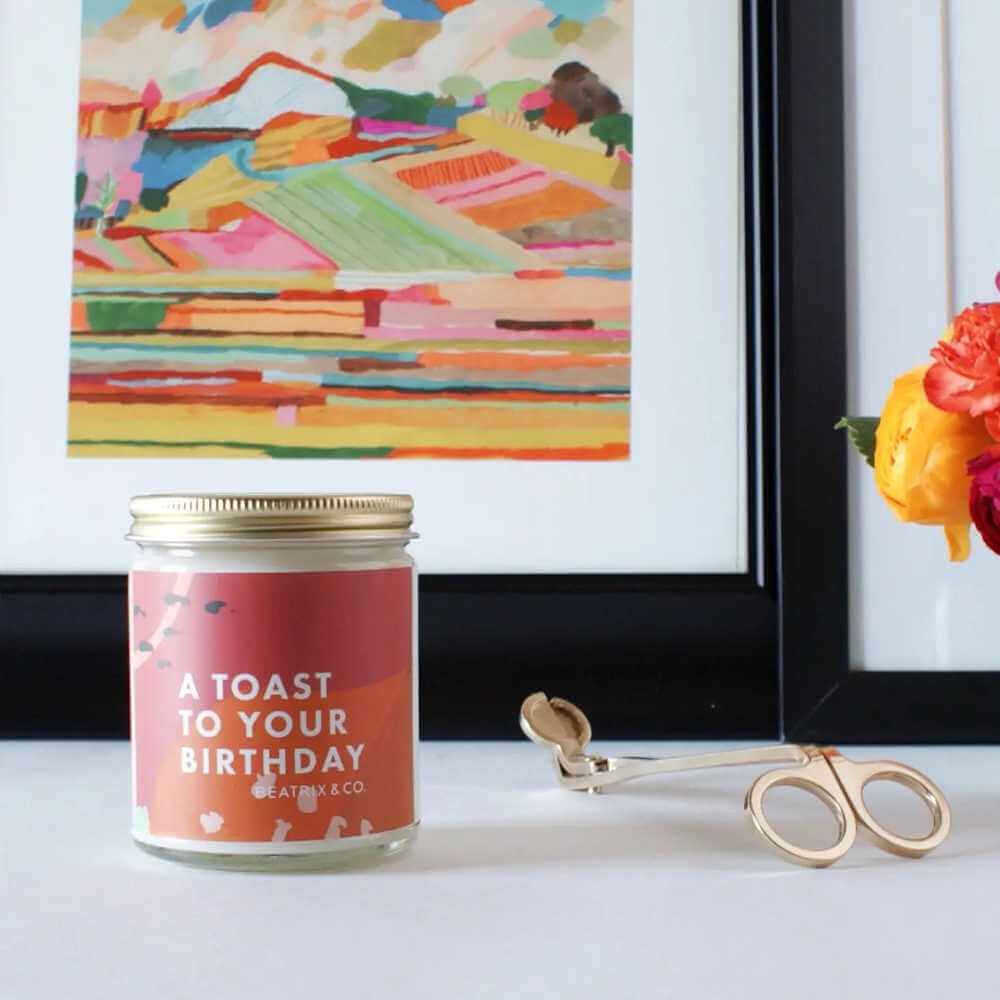

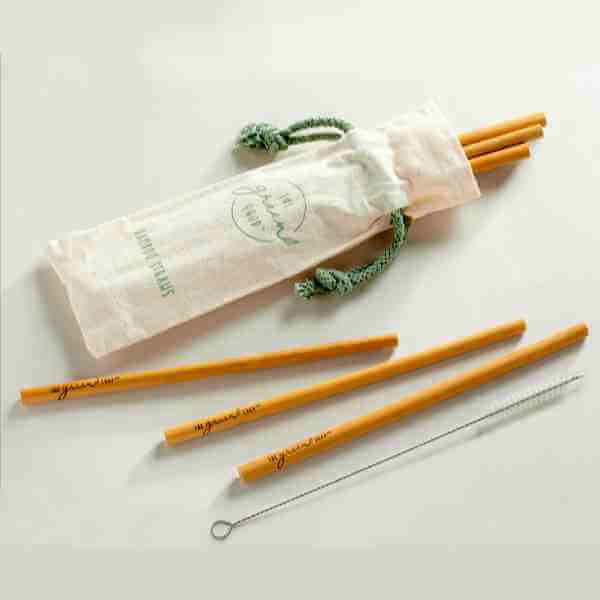






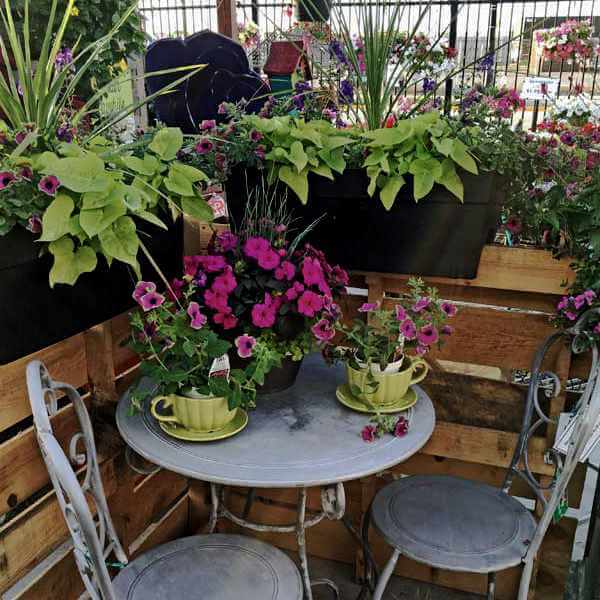

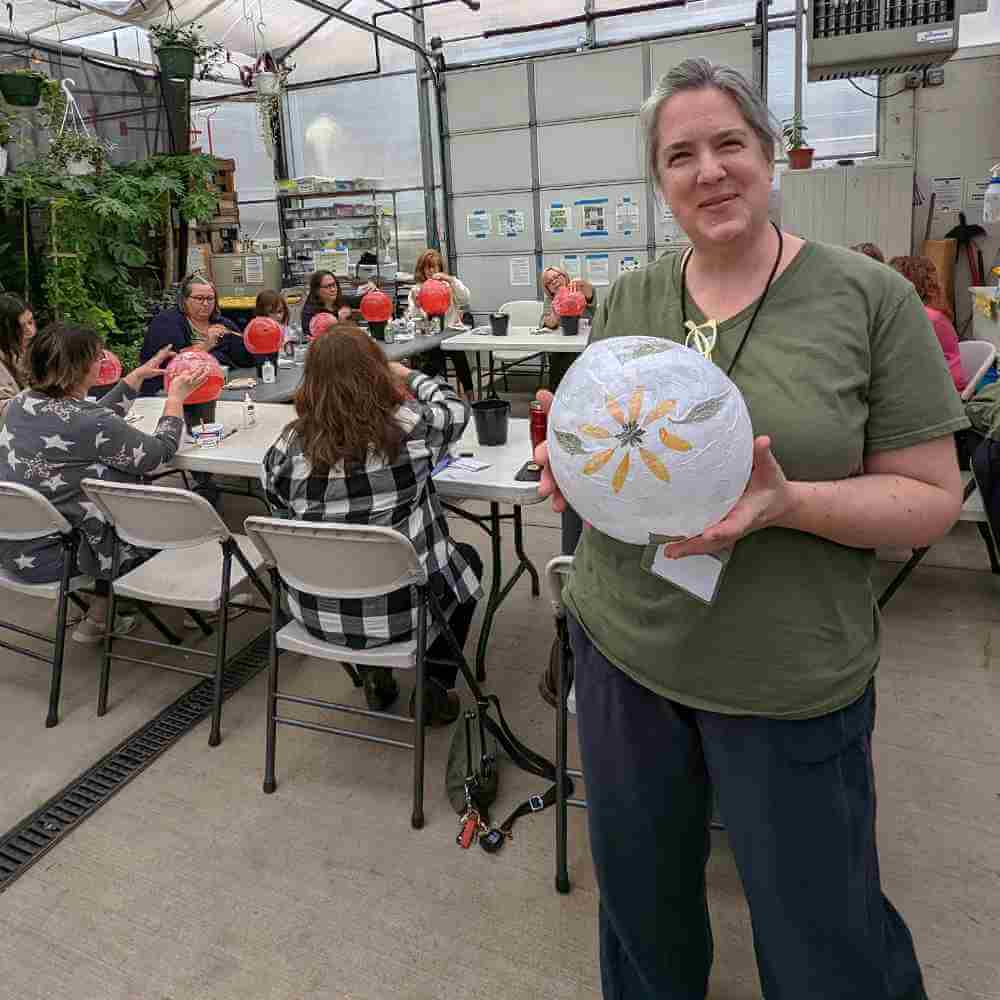
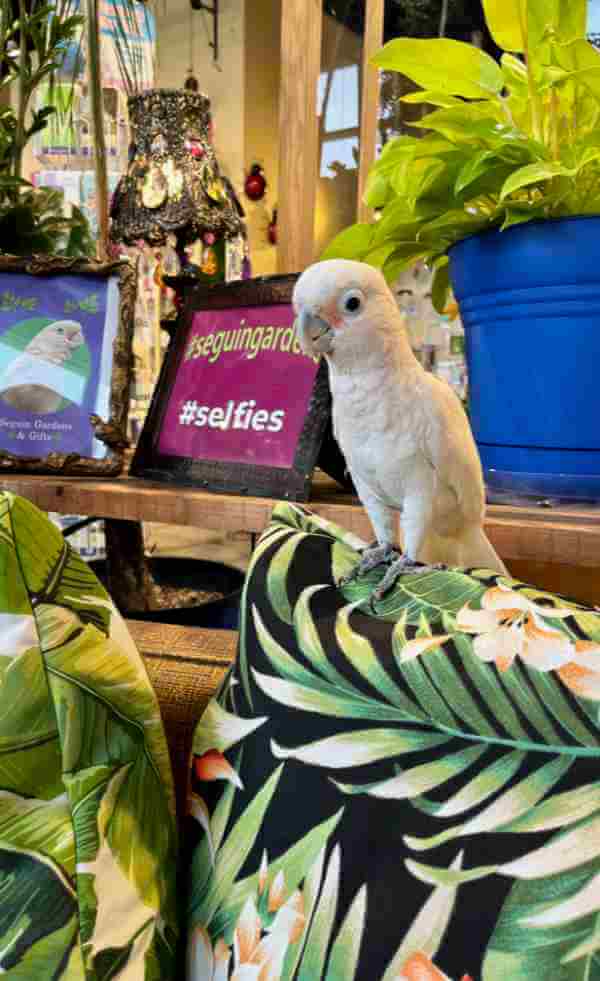
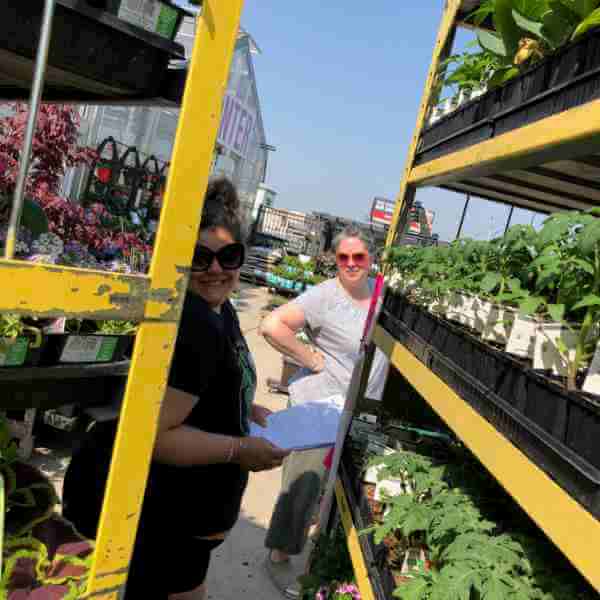
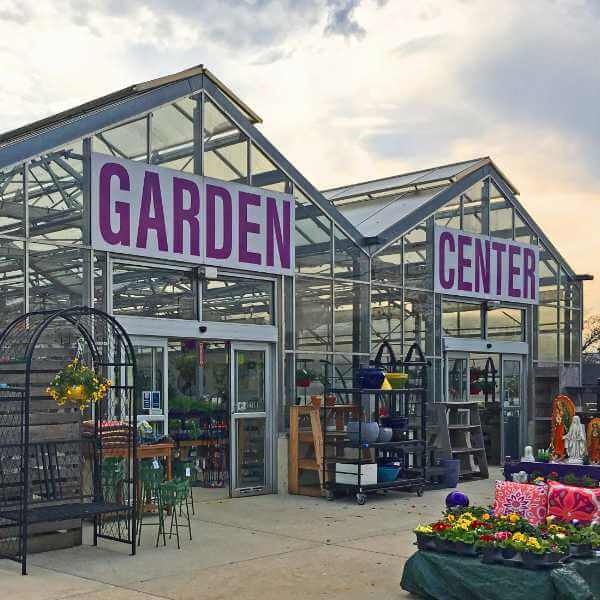


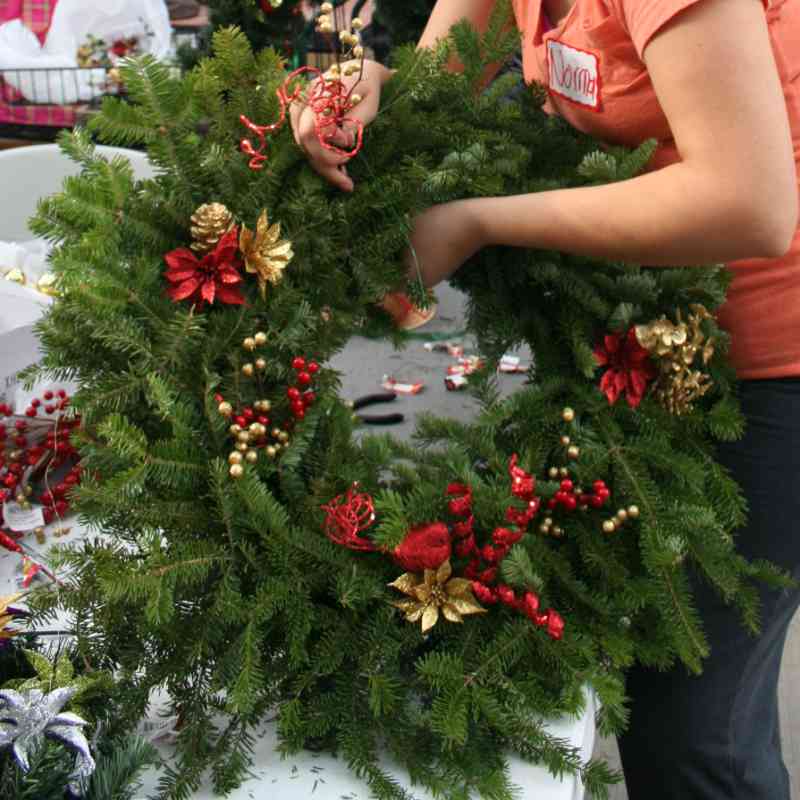




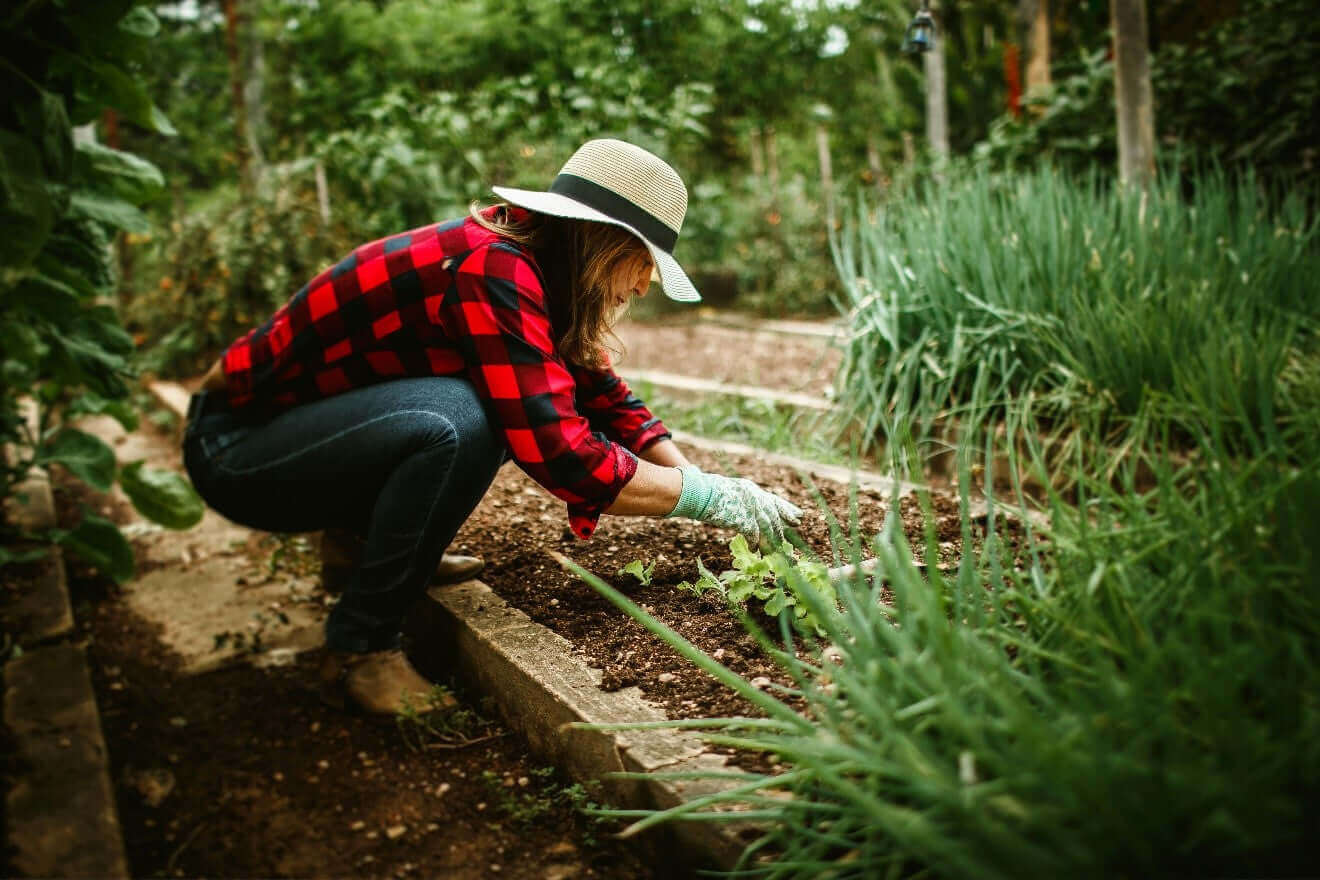
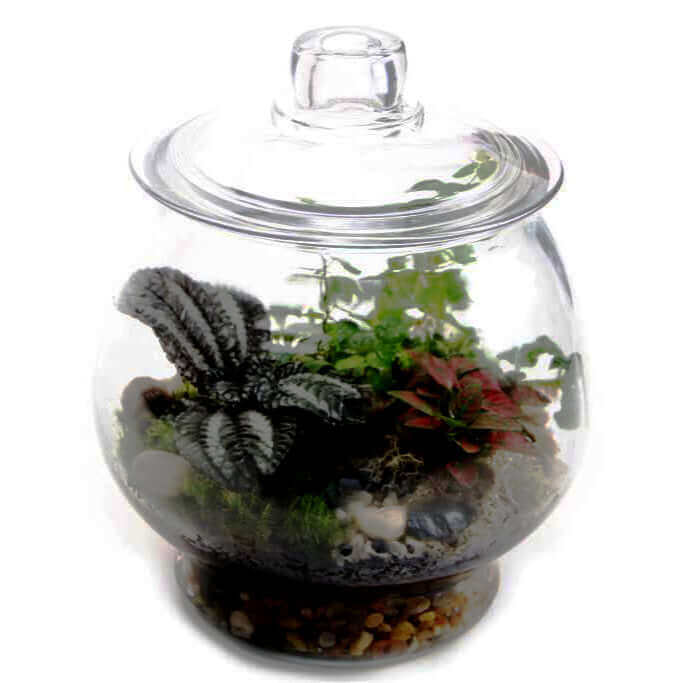
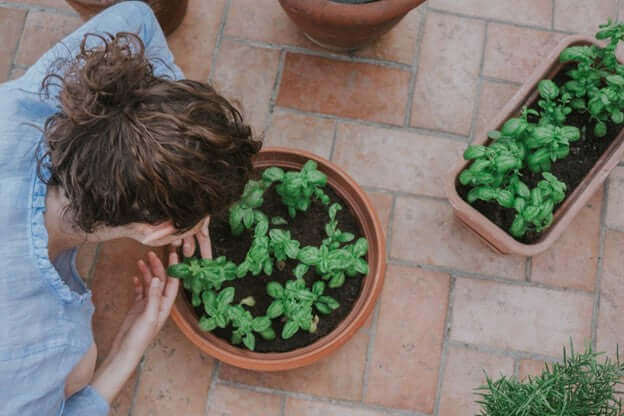
Leave a comment (all fields required)